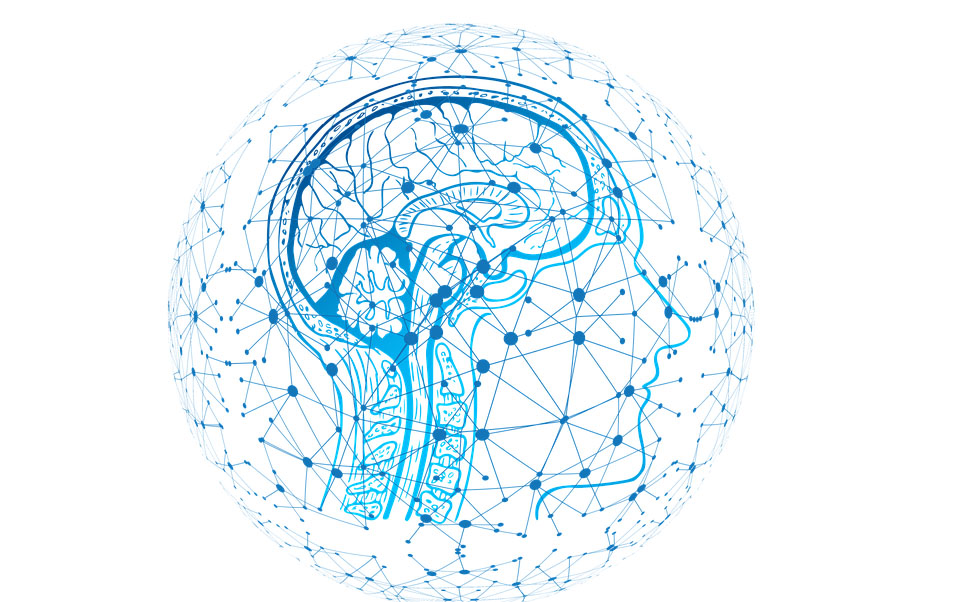An unmanned car driven by a search engine company? We’ve seen that movie. It ends with robots harvesting our bodies for energy.
That is a line from a 2011 Chrysler car commercial mocking Google’s self-driving car project. Another Chrysler commercial was even blunter: “Robots can take our food, our clothes and our homes. But, they will never take our cars.”
Chrysler’s early mocking of Google’s efforts exemplifies the fact that few cling to the status quo tighter than the companies that best understand it and have the most stake in preserving it. It is human nature to value what one does well and look askance at innovations that challenge the assumptions underlying current success.
Sprinkle in some predictably irrational wishful thinking and you have the mindset that too quickly dismisses potentially dangerous disruptions. Ironically, seven years later, those Google “robots” are now mostly driving Chrysler Pacifica minivans. Those robots have taken Chrysler's cars and driven more than 10 million miles.
Chrysler benefits by selling cars to Waymo, the spinoff from that Google project, but not nearly as much as it might have from building the robots themselves. Waymo is valued at $175 billion, about five times Chrysler’s market value.
History brims with other examples. When Alexander Graham Bell offered to sell his telephone patents to Western Union, the committee evaluating the deal concluded:
Messrs. Hubbard and Bell want to install one of their 'telephone devices' in every city. The idea is idiotic on the face of it… This device is inherently of no use to us. We do not recommend its purchase.
Ken Olsen, who disrupted IBM’s mainframe dominance with his DEC minicomputers, mocked the usefulness of personal computers in their early days. He declared, “The personal computer will fall flat on its face in business.” Olsen was very wrong, and DEC would eventually be sold to Compaq Computer, a personal computer maker, for a fraction of its peak value.
See also: Why AI IS All It’s Cracked Up to Be
Steve Ballmer’s initial ridicule of Apple’s iPhone is also legendary, though the words of the then-CEO of Microsoft were mild compared with the disdain on his face when asked to comment on the iPhone launch. Years later, after he retired, Ballmer insisted that he was right about the iPhone in the context of mobile phones at the time. What he missed, he admitted, was that the strict separation of hardware, operating system and applications that drove Microsoft’s success in PCs wasn’t going to reproduce itself on mobile phones. Ballmer also didn’t recognize the power of the business model innovation that allowed the iPhone’s high cost to be built into monthly cell phone bills and to be subsidized by mobile operators. (Jump to the 4:00 mark.) The biggest challenge for successful business executives—like Ballmer, Olsen and those at Western Union—when confronted with potentially disruptive innovations is to think deeply about potential strategic shifts, rather than simply mock innovations for violating current assumptions.
Another perhaps soon-to-be classic example is unfolding at State Farm Insurance. State Farm released a TV ad that is a thinly veiled attack on Lemonade, a well-funded insurtech startup. Lemonade makes wide use of AI-based chatbots for customer service. State Farm, instead, prides itself on its host of human agents. In the ad, a State Farm agent says:
The budget insurance companies are building these cheap, knockoff robots to compete with us… These bots don’t have the compassion of a real State Farm agent.
As I’ve previously written, AI is one of six information technology trends that is reshaping every information-intensive industry, including insurance. In fact, as I recently told a group of insurance executives, I believe insurance will probably change more in the next 10 to 15 years than it has in the last 300.
See also: Lemonade Really Does Have a Big Heart
That doesn’t mean that Lemonade’s use of chatbots for customer service will destroy State Farm. But, as State Farm should know, customer-service chatbots are only one of numerous innovations that Lemonade is bringing to the game.
As several McKinsey consultants point out, AI-related technologies are driving “seismic tech-driven shifts” in a number of different aspects of insurance. Lemonade has also adopted a mobile-first strategy and is applying behavioral economics to drive other business model innovations. State Farm executives need to get beyond the mocking and think deeply about how emerging innovations might disrupt their strategic assumptions.
One way to do so is being offered at InsuranceThoughtLeadership.com, where ITL editor-in-chief and industry thought leader Paul Carroll has offered a “State Farm Lemonade Throw Down.” Carroll offers to host an online debate between the two firms’ CEOs about how quickly AI technology should be integrated into interactions with customers. Lemonade’s CEO, Daniel Schreiber, has accepted. I hope Michael Tipsord, State Farm’s CEO, will accept, as well.
Better for Mr. Tipsord to face the question now, while there is ample time to still out-innovate Lemonade and other startups, than to be left to reflect on what went wrong years later, as Steve Ballmer had to do with the iPhone.








